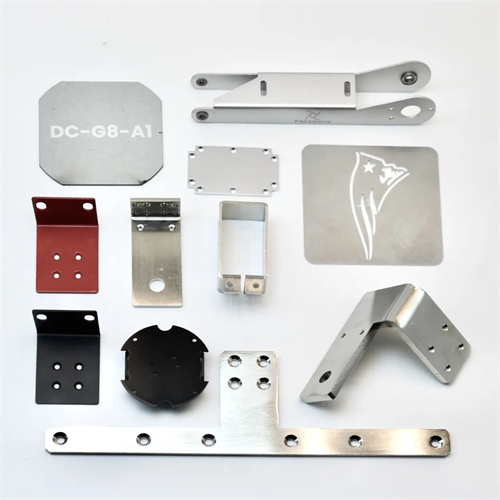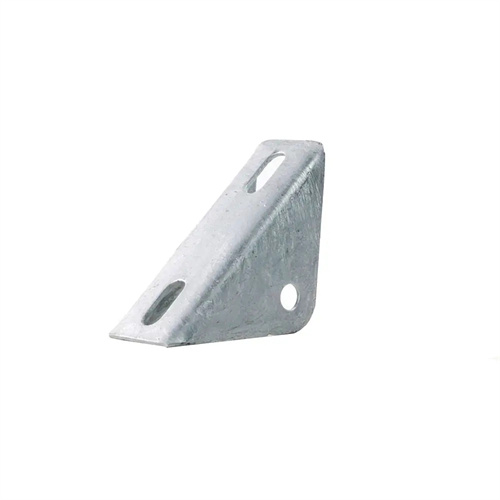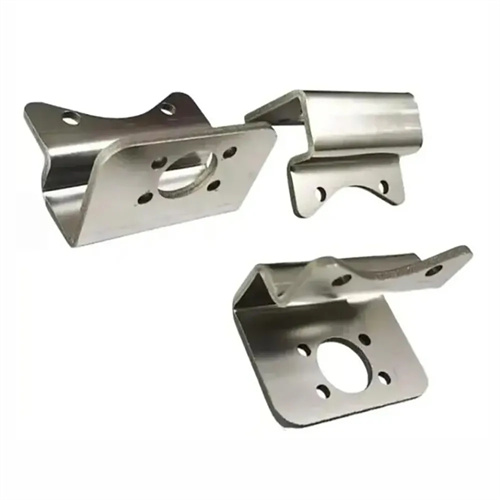Constantan Precision Resistance Alloy Strip
Constantan precision resistance alloy strip is a precision alloy primarily composed of copper and nickel, containing 55%-60% copper and 40%-45% nickel . It features an extremely low temperature coefficient of resistance (≤± 20×10⁻⁶/ °C) and stable resistance performance. It is widely used in precision resistors, strain gauges, and instrumentation, serving as a resistance element for precise measurement and control of current and voltage. Its thickness typically ranges from 0.05-0.5mm and widths from 5-100mm . Its resistivity is stable at 48-52×10⁻⁸Ω・m , its tensile strength ≥ 450MPa , and its elongation ≥ 15% , ensuring stable performance during processing and use.

The production process for Constantan precision resistance alloy strips involves a complex process involving alloy smelting, ingot casting, hot rolling, cold rolling, annealing, and precision rolling. First, electrolytic copper and electrolytic nickel with a purity of ≥99.95% are smelted proportionally in a vacuum induction furnace at a temperature of 1200-1250°C. An inert gas atmosphere is used to prevent oxidation, and electromagnetic stirring ensures uniform composition. The copper and nickel content tolerance is controlled within ±0.2%. The ingots are then vacuum-casted into 20-30mm thick flat ingots, cooled at a rate of 50-80°C/minute to prevent compositional segregation and porosity. Hot rolling heats the ingots to 900-950°C and rolls them into 2-5mm thick strips. The reduction ratio is controlled (≤30% per pass) to prevent cracking. Cold rolling is key to achieving high precision. A multi-roll cold rolling mill is used for 5-8 passes, achieving a total reduction of 80%-90% and a reduction of 20%-25% per pass. Thickness tolerance is controlled within ±0.001mm, and surface roughness Ra ≤ 0.05μm. Annealing is performed in a hydrogen atmosphere at 650-700°C for 2-3 hours to eliminate work hardening and stabilize the temperature coefficient of resistance within the target range. Finally, precision slitting is performed to a width tolerance of ±0.05mm and burr-free edges, ensuring component processing accuracy.

The performance advantages of Constantan precision resistor alloy strip make it irreplaceable in the field of precision electronics. First, it offers excellent resistance stability. Within the temperature range of -55 °C to 125 °C, its temperature coefficient of resistance ( TCR ) is ≤± 20×10⁻⁶/ °C, significantly lower than copper ( 4300×10⁻⁶/ °C) and nickel-chromium alloy ( 100×10⁻⁶/ °C), ensuring the measurement accuracy of instruments and meters. Second, it offers excellent processability, allowing for precision processing such as punching, etching, and welding, with a minimum etching line width of 0.1mm , making it suitable for the manufacture of micro-resistance components. Third, it exhibits excellent oxidation resistance. When heated to 300 °C in air , it forms a dense oxide film with an annual oxidation weight gain of ≤0.1g/m² , ensuring stable performance over long-term use. Fourth, it boasts a high resistivity of 48-52×10⁻⁸. The resistivity of Ω・m is more than 10 times that of pure copper, which can achieve high resistance values in smaller sizes and meet the needs of miniaturization. Fifth, it has excellent welding performance and can be brazed with metals such as copper and silver. The resistance change rate of the solder joint is ≤ 1% , ensuring the reliability of circuit connections.

Across various application scenarios, Constantan precision resistance alloy strip is a core material for precision measurement and control. In the electronic component sector, high-precision resistors and potentiometers utilize 0.1-0.2mm thick Constantan strip, etched to form a spiral resistor body with an accuracy of ±0.1%. In instrumentation, multimeters and oscilloscopes utilize 0.2-0.3mm thick Constantan strip for precise current measurement in their shunts. In strain measurement, strain gauges utilize ultra-thin 0.05-0.1mm thick Constantan strip for their sensitive grids, achieving a resistance strain factor of ≥2.0 and a measurement accuracy of 1με. In power systems, current transformer windings utilize 0.3-0.5mm thick Constantan strip to resist short-circuit current surges. In aerospace, navigation equipment utilizes Constantan strip for precision resistor networks, maintaining stable performance in high and low temperature environments with an error of ≤0.05%.

Industry trends indicate that Constantan precision resistor alloy strip is moving toward ultra-thinness, ultra-high precision, and multifunctionality. Breakthroughs in the production of ultra-thin Constantan strip (thickness ≤ 0.03mm ) meet the miniaturization needs of nanoelectronic components. Ultra-high-precision alloy strips boast a temperature coefficient of resistance ( TCR) within ±5×10⁻⁶/ °C, making them suitable for cutting-edge applications such as quantum measurement. Composite coatings (such as nickel and gold plating) enhance welding performance and oxidation resistance, extending service life by 3-5 times. The promotion of intelligent production technology, employing laser thickness measurement and online resistance monitoring, has increased product performance consistency to 99.9% . Furthermore, the advancement of green manufacturing processes has reduced carbon emissions from the production process by over 30% through waste recycling and the use of clean energy . As demand for precision electronic components in fields such as 5G and artificial intelligence grows, Constantan precision resistor alloy strips will continue to innovate towards higher precision and smaller sizes, driving advancements in electronic measurement technology.
